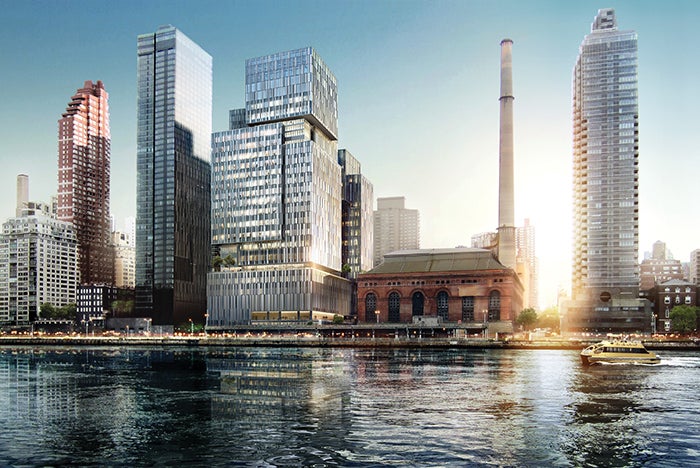Construction cost minimized despite resiliency measures
Since its inception, planning for the David H. Koch Center for Cancer Care ambulatory outpatient facility project had the underlying requirement of system resiliency and flood mitigation given the location and type of facility. With these requirements known from the beginning, time and cost premiums associated with the design and implementation of site-specific system enhancements to achieve resiliency goals could be minimized or avoided when evaluating the construction schedule and cost impacts.
Resiliency measures with respect to mechanical-electrical-plumbing, fire protection, information technology and flood barriers were integrated into the overall design documents, so there was no learning curve to overcome when these unique systems were implemented in the field.
Based on the system features incorporated into the design from an infrastructure and flood barrier construction perspective, the overall mitigation measures entailed approximately a 2% increase to the overall construction cost associated with the project.
The design team and construction manager’s decision to outline system requirements associated with resiliency measures early in the planning process helped avoid a construction cost premium associated with these system configurations. In addition, the overall construction schedule incorporated the testing and commissioning of flood mitigation-specific systems to validate that system resiliency measures were properly implemented within the built environment.
These testing procedures included flood barrier testing where the barriers were deployed and a flood condition was created on the exterior of the building to validate that each flood barrier deployed properly and the movable flood barriers created the proper seal between the barrier and permanent perimeter building wall construction.
This testing was essential to verify the design concept, which was then translated to design documents, and executed by various trade contractors, as required, to align with the project’s flood protection requirements.





